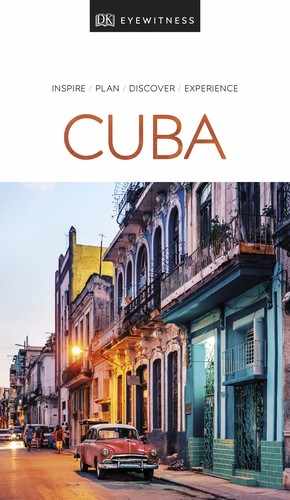Experience Centro Habana and Prado

n Double-tap image to read the labels
The Marquis de la Torre had the Paseo laid out in 1772 outside the city walls, and it rapidly became the favourite spot for city aristocrats to take their carriage rides. Bands were positioned in five spots along the boulevard to play for their enjoyment. The Paseo was used for military and carnival parades in the 19th century, when the paving was redone. In 1927 the French architect Jean-Claude Nicolas Forestier designed the Paseo as we see it today: it was widened and decorated with bronze lions and marble benches. Along this majestic promenade, you’ll find some of Havana’s grandest buildings, including historic hotels that inspired novels, as well as theatres and mansions. Although many of these are in a state of disrepair, they retain their charm.

t Strolling down the treeshaded Paseo del Prado
Graham Greene in Havana
The classic espionage thriller Our Man in Havana (1958), by the English author Graham Greene, is an excellent description of Havana at the eve of the revolution. In the book Greene narrates the adventures of a vacuum cleaner salesman who becomes a secret agent against his will. The novel is imbued with a dry sense of humour, and is set against an intriguing environment filled with casinos and roulette wheels, New York skyscrapers and decadent Art Nouveau villas, cabarets and prostitution. The Hotel Sevilla is a constant presence throughout.
Did You Know?
The street’s official name is Paseo de Martí, but everyone calls it by its old name, “Prado”.
